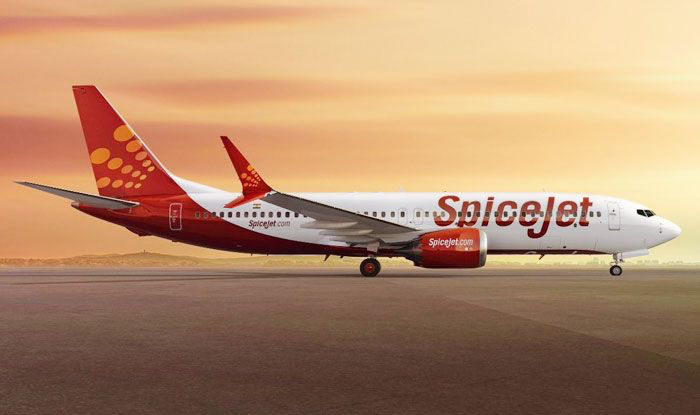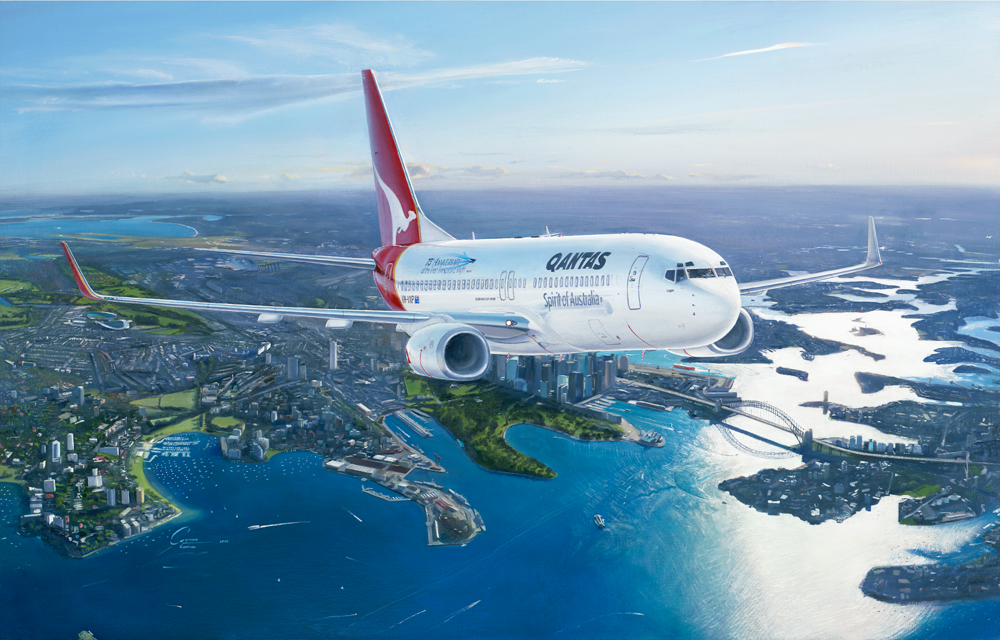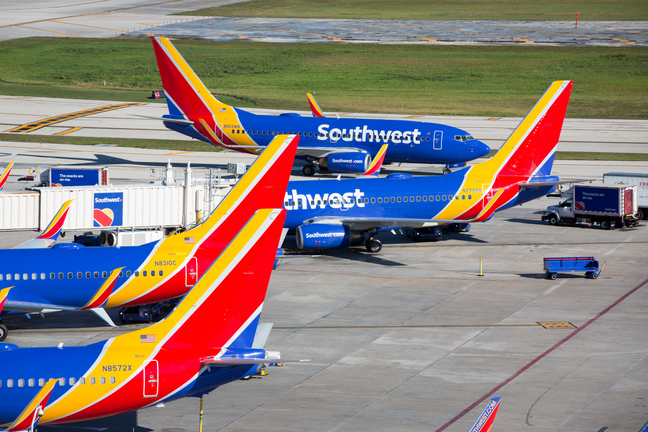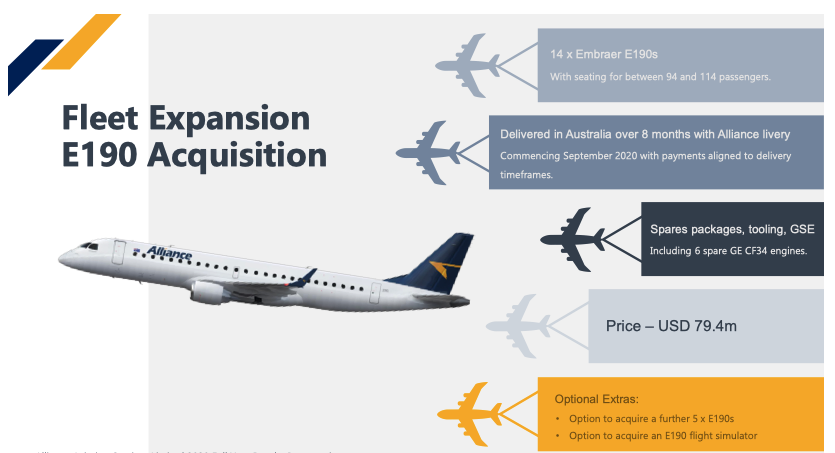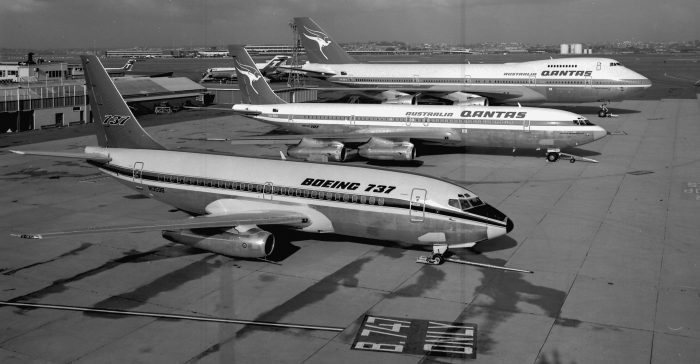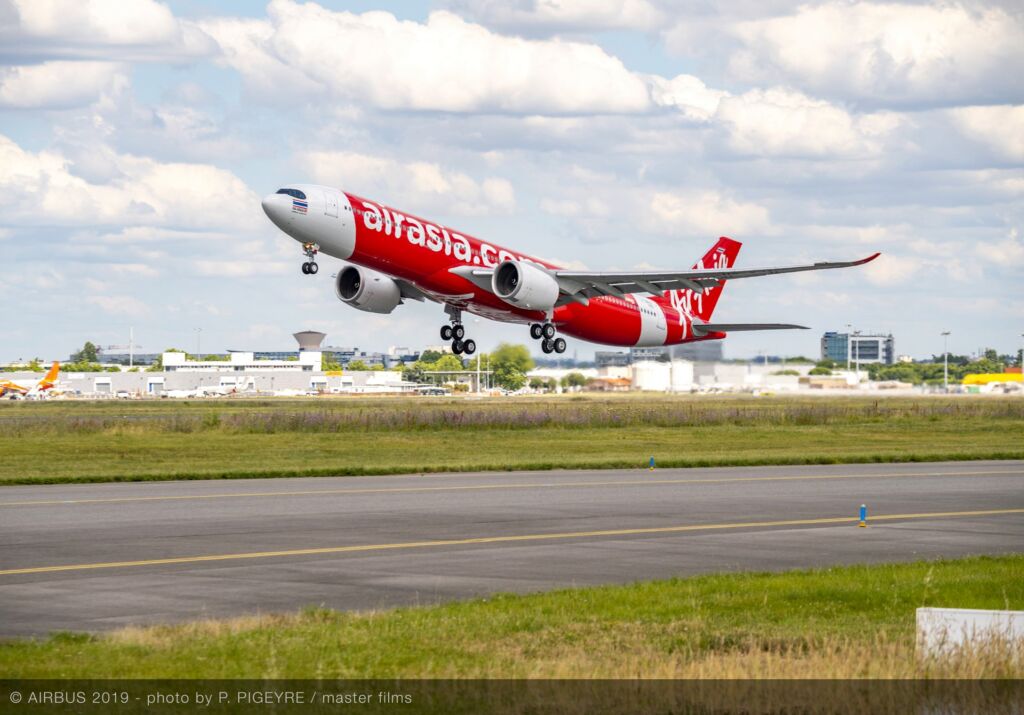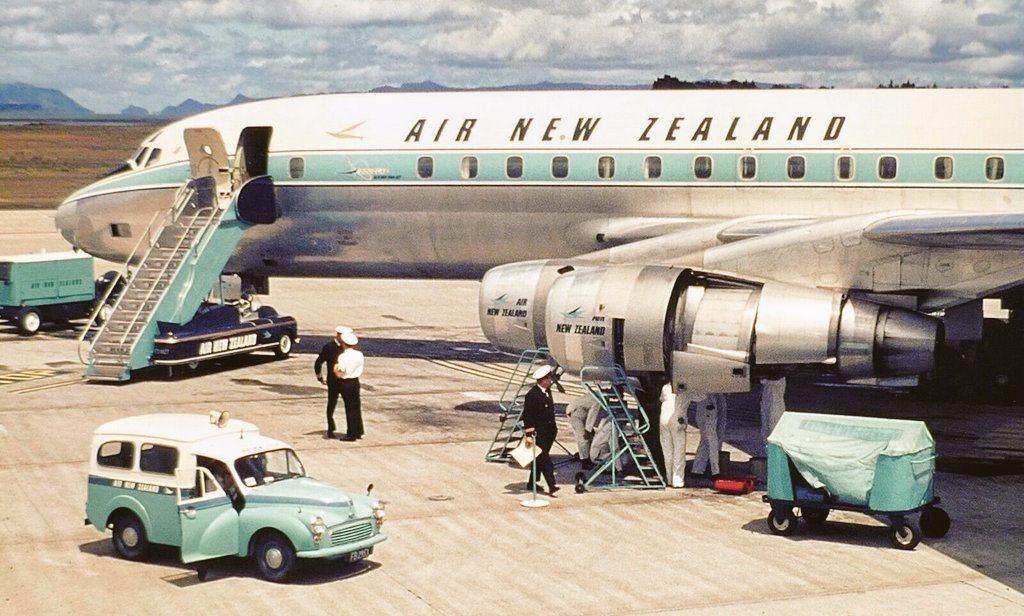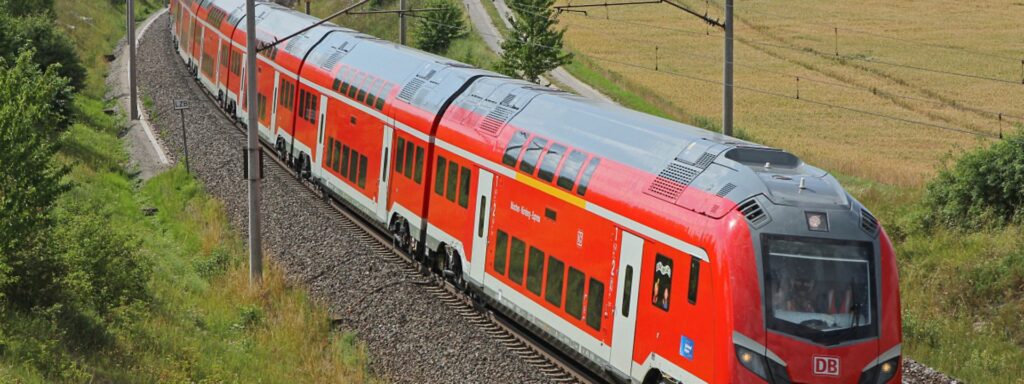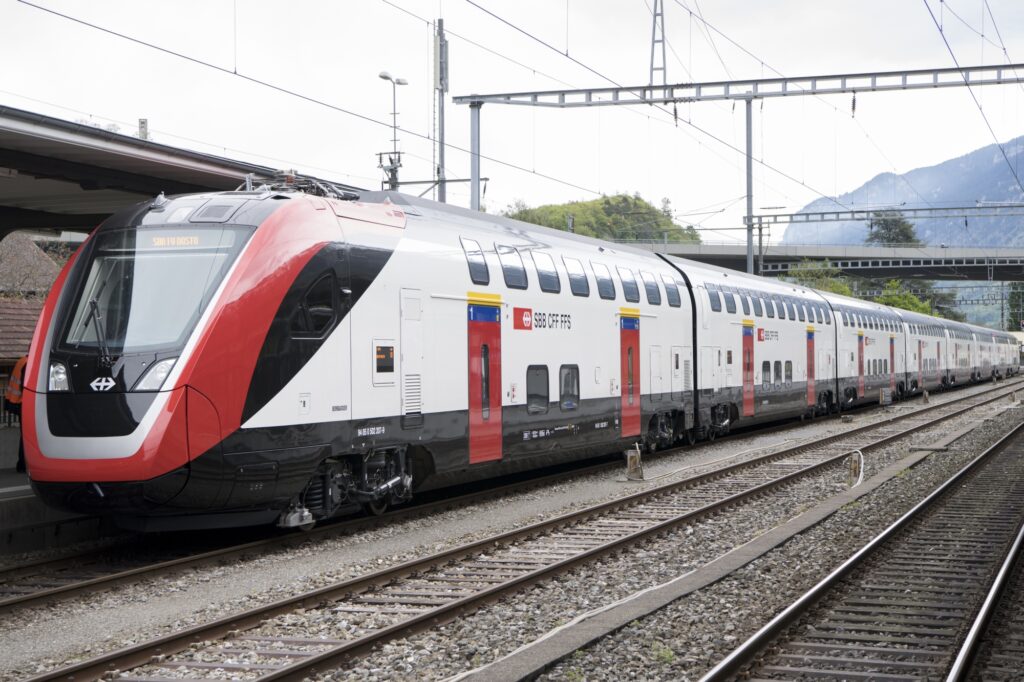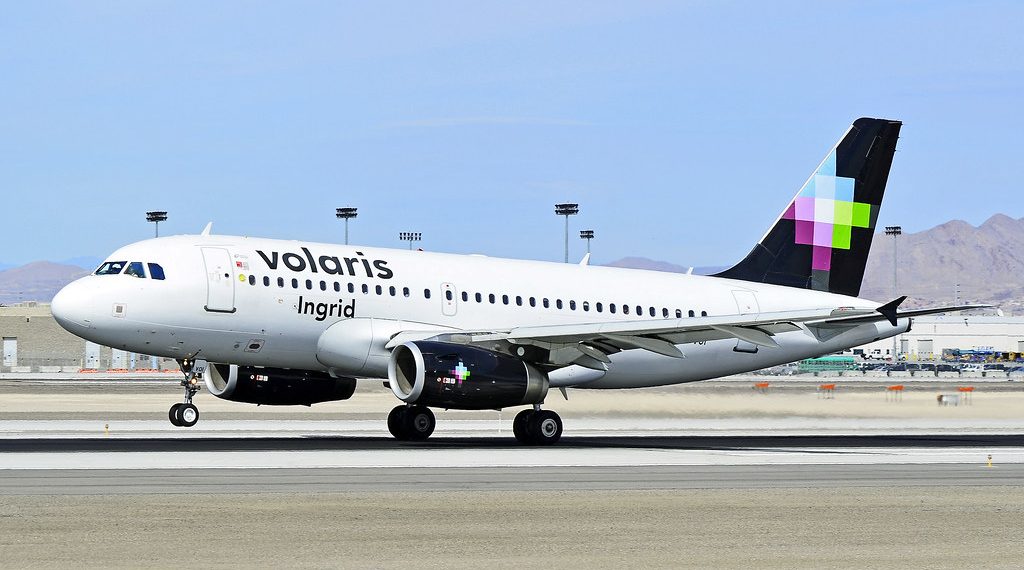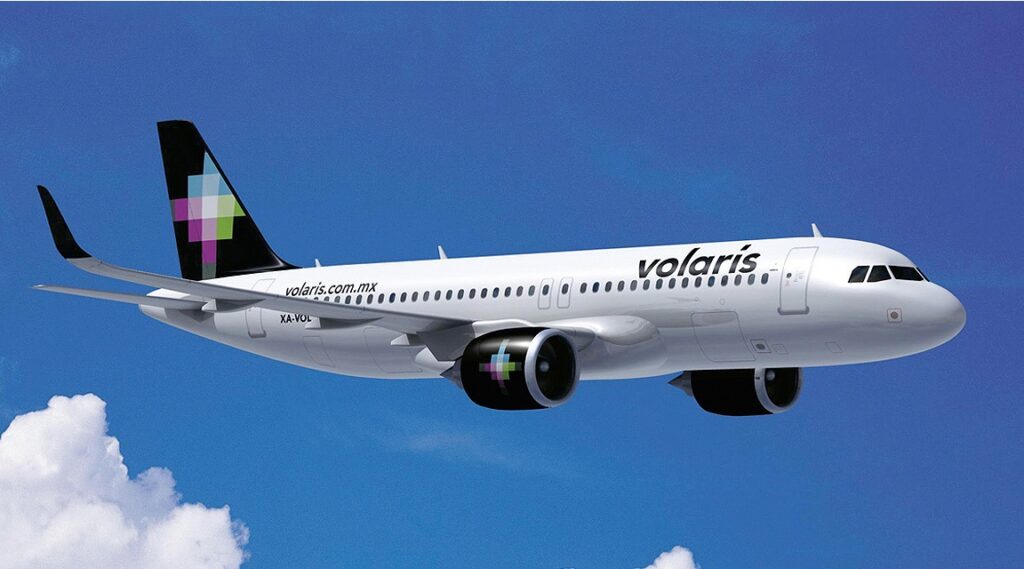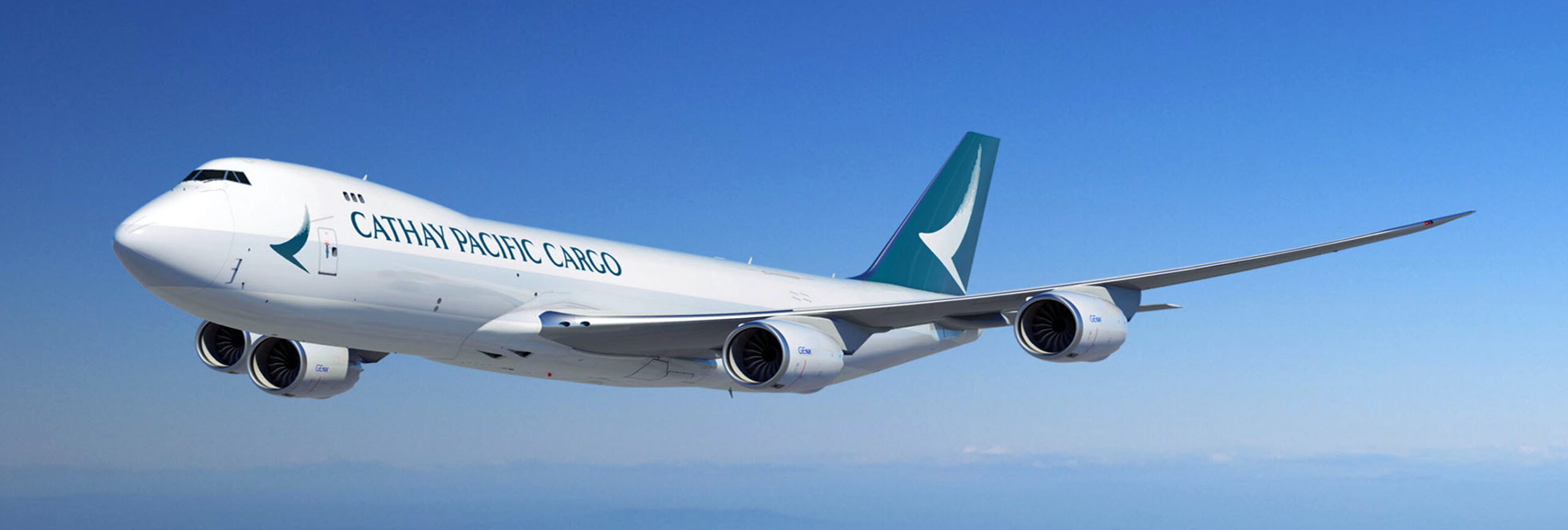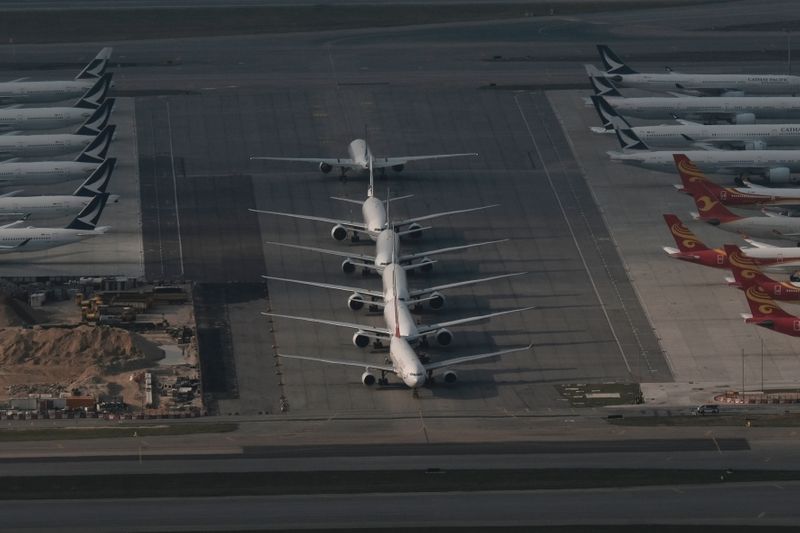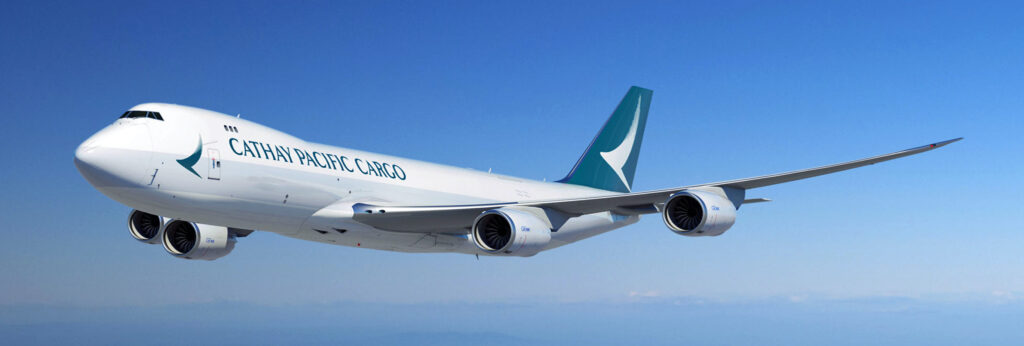GURUGRAM, August 19, 2021: In a step towards building passenger confidence as international travel picks up, SpiceJet will begin trial of IATA (International Air Transport Association) Travel Pass mobile app for digital health verification. The trial will be conducted on flights out of Mumbai to Male effective August 23, 2021.
The IATA Travel Pass is a mobile application that helps travellers to store and manage their verified certifications for Covid-19 tests or vaccinations. The Travel Pass will manage and verify the traveller’s COVID-19 status in line with governments’ health and border requirements.
In another significant development, SpiceHealth has been on-boarded by IATA as a lab partner for the Travel Pass trial. SpiceHealth is a healthcare company founded by the promoters of SpiceJet.
SpiceHealth has emerged as the fastest-growing diagnostic lab in the country – having conducted more than 3.5 million RT-PCR tests since its launch in November 2020. SpiceHealth laboratories are accredited by National Accreditation Board for Testing and Calibration Laboratories and Indian Council of Medical Research. SpiceHealth currently operates 21 labs and collection centers for RT-PCR and rapid antigen testing spread across eleven cities in India. Besides, the Company also operates seven vaccination centers across five states.
As international travel restarts, passengers will need accurate Covid-19 information and the IATA Travel Pass provides governments with the means to verify the authenticity of tests or vaccinations, airlines with the ability to provide accurate information to their passengers on test requirements and verify that a passenger meets the requirements for travel and travellers with accurate information on test requirements, where they can get tested, and the means to securely convey their travel health credentials to airlines and border authorities.
SpiceJet has been innovating constantly to enhance customer experience while offering a safe and comfortable journey. SpiceJet was the first airline to introduce Zero Change Fee in March 2021. The airline had earlier introduced a COVID insurance cover including tests, medication and consultations upon testing positive for COVID-19. The airline also introduced SpiceJet Extra seat which allows passengers the option to book two or more seats to make their travel more comfortable and hassle-free.
